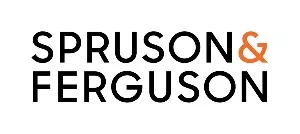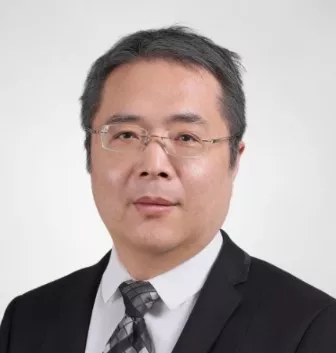- in India
- with readers working within the Pharmaceuticals & BioTech industries
- within Privacy topic(s)
- with Senior Company Executives, HR and Finance and Tax Executives
Further to our previous article on dual filing in China, a revision has now been released that fundamentally alters examination practices and legal consequences for such filings.
On 13 November 2025, China Intellectual Property Administration (CNIPA) issued Decision on revising the Patent Examination Guidelines (Order No. 84), which revises the rules around a number of key areas, including the regulations governing the "dual filing" of invention patent and utility model applications for the same subject matter. These changes come into effect on 1 January 2026, however applicants should be aware of them now.
A further article will review the other changes announced in order no. 84, while below we focus on the dual filing aspect.
Revised patent guidelines
Where the same applicant files both a utility model application and an invention patent application for the same invention on the same day (referring only to the application date), the applicant must declare in each application that another patent application has been filed for the same invention, pursuant to Article 47 of the Implementing Regulations of the Patent Law. Failure to make such declaration triggers Article 9, Paragraph 1 of the Patent Law, which stipulates that only one patent right can be granted for the same invention. If the declaration is properly made, and no grounds for rejection are found after examination of the invention patent application, the applicant should be notified to declare abandonment of the utility model patent right within a prescribed period. Upon declaration of the abandonment, a decision to grant the invention patent right should be made, and the applicant's declaration of abandonment shall be announced simultaneously with the publication of the invention patent right. If the applicant does not agree to abandon the utility model patent, the invention application shall be rejected. Failure to respond within the prescribed time limit will result in the invention application being deemed withdrawn.
Key change
The revision imposes Prerequisite Abandonment for the Invention Patent: If the invention patent application reaches the allowance and grant stage while the corresponding utility model patent has already been allowed, the invention patent will only be granted upon the applicant s abandonment of the utility model patent.
Strategic implications
The revision closes the pathway previously available to applicants to circumventthe prohibition on double patenting by amending the claims of the invention application to differentiate them from those of the utility model so as to obtain both patent rights for the same invention through dual filing.
Consequently, dual-filing strategies now demand more sophisticated patent portfolio planning, requiring more careful consideration and precise execution.
We are committed to leveraging our professional expertise to provide you with customised solutions and strategic planning, ensuring your innovations receive the strongest possible protection. Reach out to our experts for tailored patent strategies and informed advice.
The content of this article is intended to provide a general guide to the subject matter. Specialist advice should be sought about your specific circumstances.




